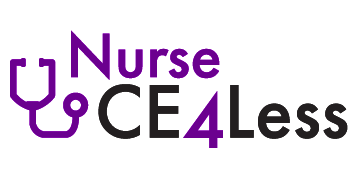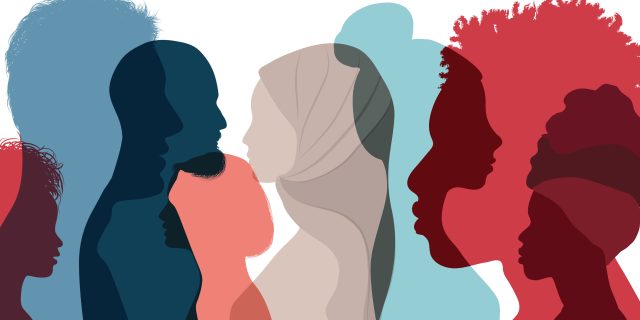Course Summary
A person’s culture affects the person’s beliefs, values, and norms, which impact how a person acts. As such, the healthcare professional and patient may come from different cultural perspectives, which will invariably impact how they interact with one another. The goal of cultural competency is to educate healthcare professionals on barriers to healthcare and the impact barriers can have on the delivery of safe and appropriate healthcare and quality health outcomes. Health teams that value diversity and share a commitment to multicultural competency are able to improve organizational policies and health employee participation through consistent community and interprofessional efforts. This can promote health equity and minimize health disparity.
Course Format
Homestudy
Course Syllabus
I. Introduction
II. Multicultural Competency
- Implicit Bias
- Statistical Measures and Healthcare Trends
III. Racial Disparities
Case Example 1: Adjusting Care Across Demographics
IV. Gender Disparities
Case Example 2: Disparity In Pre-pregnancy Care
V. Mental Illness and Disparity
Case Example 3: Screening for Depression in a Hispanic Adolescent
VI. Reproductive/Maternal Health Disparities
Case Example 4: Pulmonary Embolism in a Post-partum Black Woman
VII. Lesbian-Gay-Bisexual-Transgender-Queer (LGBTQ+)
- Transgender Mental Health
- Access to Healthcare and Community Resources
- Transgender Specific Issues
- Strategies for Healthcare Professionals
- Case Example 5: The Risk of Assuming a Client’s Sexual Orientation
- Case Study 6: Transgender Female-to-Male
VIII. Military Members and Veterans’ Health
- Screening and Assessing Military Members
- Substance Use and Suicide
- Military Culture
- Case Example 7: Risk of Health Disparity in a Veteran
IX. Religion
Case Example: Perinatal Care With a Terminal Diagnosis
X. Elderly and Children
- Case Example: Ageist Treatment of an Elderly Client
- Case Example: Terminal Illness Disclosure for a Pediatric Client
XI. People With Disabilities
- Attitudinal Barriers
- Communication Barriers
- Physical Barriers
- Intellectual Disability
- Case Example: Effects of Disability on Mother’s Care for Her Infant
XII. Cross-cultural Communication and Transcultural Models of Healthcare
- LEARN Model Communication Tips
XIII. Transcultural Nursing and Nursing Theory
- Leininger’s Sunrise Model
- Giger and Davidhizar Transcultural Assessment Model
- Purnell Model for Cultural Competence
- Campinha-Bacote Model
- Applying Theory in Everyday Practice
XIV. Summary
Authors
Dana Bartlett, RN, BSN, MSN, MA, CSPI
Dana Bartlett is a professional nurse and author. His clinical experience includes 16 years of ICU and ER experience and over 27 years as a poison control center information specialist. Dana has published numerous CE and journal articles, written NCLEX material, textbook chapters, and more than 100 online CE articles, and done editing and reviewing for publishers such as Elsevier, Lippincott, and Thieme. He has written widely on the subject of toxicology and was a contributing editor, toxicology section, for Critical Care Nurse journal. He is currently employed at the Connecticut Poison Control Center. He lives in Wappingers Falls, NY.
Sarah Schulze, MSN, APRN, CPNP
Sarah Schulze is a board certified pediatric nurse practitioner and professional medical content writer. She earned her BSN from Indiana State University and her MSN from University of Illinois at Chicago. In clinical practice as an RN and NP, she has experience in a variety of settings; including critical care, PACU, pediatrics, mental health, and lactation support. She currently owns and operates a private practice providing outpatient mental health services to children and adolescents. As a writer, she has developed content for many CEU courses, medical apps, health education curricula, NCLEX study materials, health blogs, and more.


